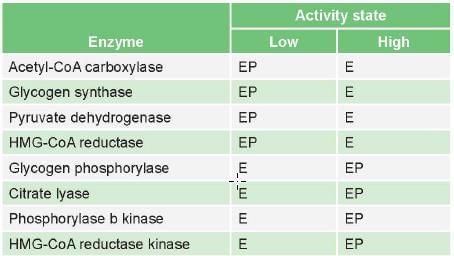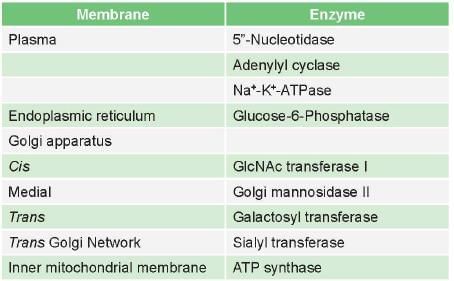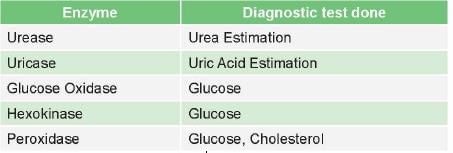NEET PG Exam > NEET PG Tests > Test: Enzymes - NEET PG MCQ
Test: Enzymes - NEET PG MCQ
Test Description
30 Questions MCQ Test - Test: Enzymes
Test: Enzymes for NEET PG 2025 is part of NEET PG preparation. The Test: Enzymes questions and answers have been prepared
according to the NEET PG exam syllabus.The Test: Enzymes MCQs are made for NEET PG 2025 Exam.
Find important definitions, questions, notes, meanings, examples, exercises, MCQs and online tests for Test: Enzymes below.
Solutions of Test: Enzymes questions in English are available as part of our course for NEET PG & Test: Enzymes solutions in
Hindi for NEET PG course.
Download more important topics, notes, lectures and mock test series for NEET PG Exam by signing up for free. Attempt Test: Enzymes | 30 questions in 25 minutes | Mock test for NEET PG preparation | Free important questions MCQ to study for NEET PG Exam | Download free PDF with solutions
Detailed Solution for Test: Enzymes - Question 1
Detailed Solution for Test: Enzymes - Question 2
Detailed Solution for Test: Enzymes - Question 3
Test: Enzymes - Question 4
All of the following enzymes are involved in oxidation-reduction, except: (AI 2009)
Detailed Solution for Test: Enzymes - Question 4
Detailed Solution for Test: Enzymes - Question 7
Test: Enzymes - Question 8
The type of enzyme inhibition in which Succinate dehydrogenase reaction is inhibited by malonate is an example of: (AIIMS May 2006)
Detailed Solution for Test: Enzymes - Question 8
*Multiple options can be correct
Detailed Solution for Test: Enzymes - Question 9
Test: Enzymes - Question 10
Which is true about enzyme kinetics for competitive inhibition: (JIPMER 2014)
Detailed Solution for Test: Enzymes - Question 10
Detailed Solution for Test: Enzymes - Question 11
*Multiple options can be correct
*Multiple options can be correct
Test: Enzymes - Question 15
Km changes and Vmax remains the same. What is the type of Enzyme inhibition?
Detailed Solution for Test: Enzymes - Question 15
*Multiple options can be correct
Test: Enzymes - Question 16
Which enzymes catalytic activity is by dephosphorylation (PGI November 2009)
Detailed Solution for Test: Enzymes - Question 16
Detailed Solution for Test: Enzymes - Question 17
Detailed Solution for Test: Enzymes - Question 18
Detailed Solution for Test: Enzymes - Question 19
*Multiple options can be correct
Detailed Solution for Test: Enzymes - Question 20
*Multiple options can be correct
*Multiple options can be correct
Detailed Solution for Test: Enzymes - Question 24
Detailed Solution for Test: Enzymes - Question 26
Detailed Solution for Test: Enzymes - Question 27
Detailed Solution for Test: Enzymes - Question 28
Test: Enzymes - Question 29
Which of the following estimates blood creatinine level most accurately: (AIIMS May 2006)
Detailed Solution for Test: Enzymes - Question 29
*Multiple options can be correct
Detailed Solution for Test: Enzymes - Question 30
Information about Test: Enzymes Page
In this test you can find the Exam questions for Test: Enzymes solved & explained in the simplest way possible.
Besides giving Questions and answers for Test: Enzymes, EduRev gives you an ample number of Online tests for practice
Download as PDF




















